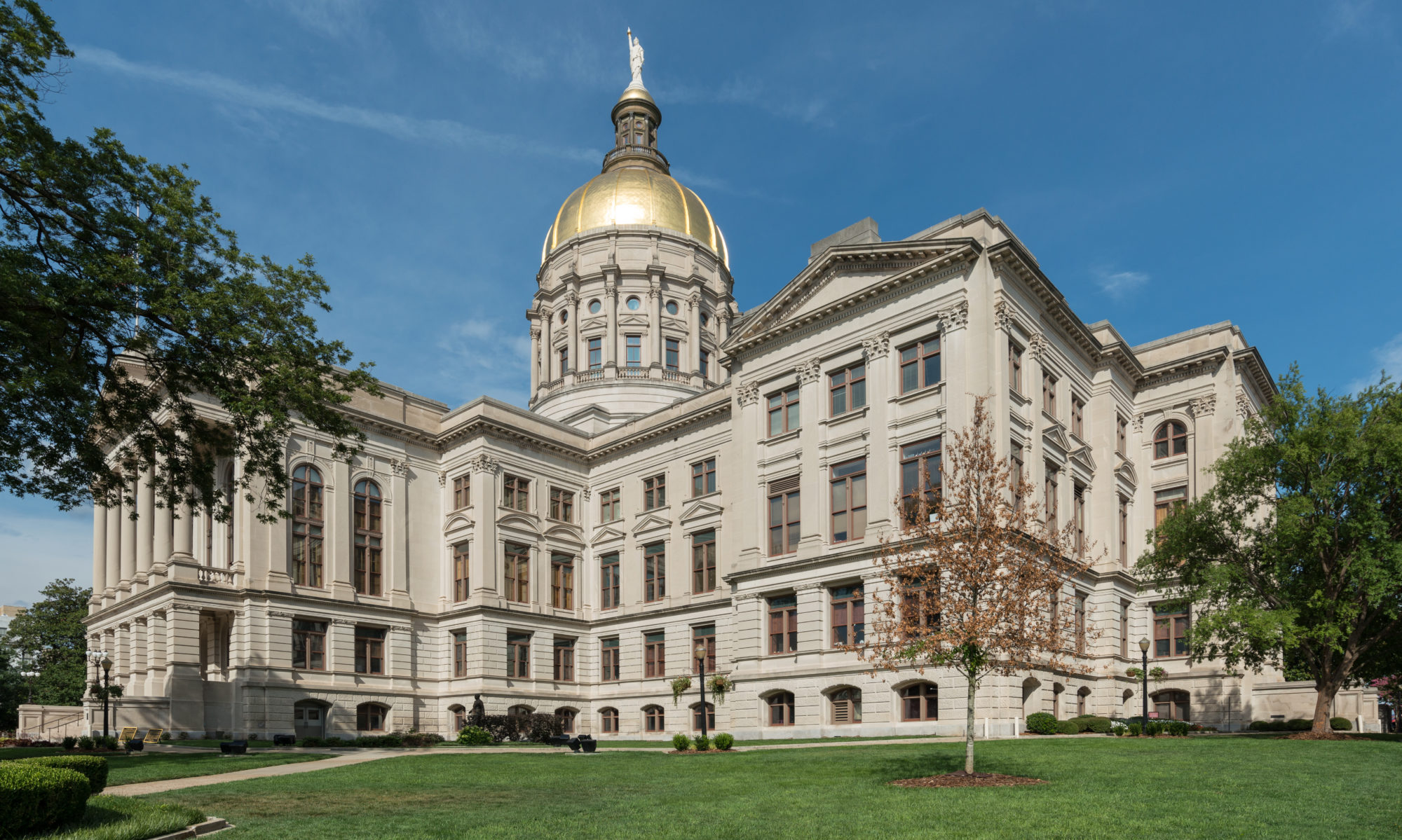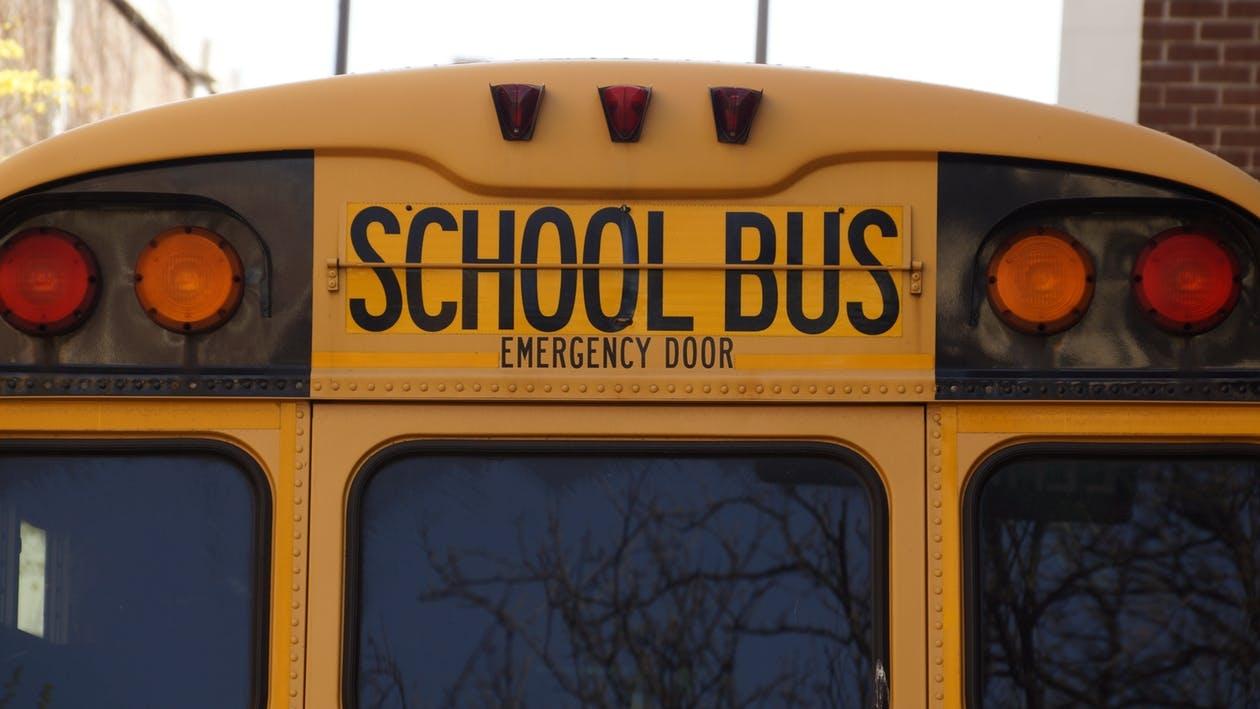A teacher pay raise is among the guaranteed outcomes from the 2019 session of the Georgia General Assembly.
Gov. Brian Kemp promised as much during his gubernatorial campaign. What’s more, our educators deserve a bump.
The pop quiz for the state legislature is how to fund that raise while still addressing several other pressing education-related issues.
Spending for K-12 public schools accounts for nearly 40 percent of the state’s total annual budget. The reality is that $10 billion-plus is not enough given the festering problems related to the outdated funding formula, a tax incentive that funds private school scholarships and school safety and security.
Toss in Kemp’s teacher pay increase proposal, estimated to add more than $600 million to education spending, and you need not be an A student in mathematics or economics to understand the challenges legislators face.
Even so, the legislature must move decisively on all these issues between this session and the next. Bills crafted during the 40-day term that opened Monday can carry over to 2020, giving the lawmakers two budget revenue cycles to solve the education equation.
They’ll need the time and the dollars as many understand the folly of fulfilling a campaign promise at the expense of the long-term stability of Georgia’s schools.
A formula to follow
The first priority for K-12 education reform is to follow a formula that already exists: the Quality Basic Education (QBE) formula.
The state met that quasi-mandate in 2018 for the first time since 2002. The Georgia General Assembly must insist on doing so again this year and every year.
The teacher raise should follow, albeit after legislators study and analyze the compensation amount. Kemp’s $5,000 figure was arbitrary. To make Georgia competitive with other states — and attract and retain the best educators — may take more or perhaps even less.
Whatever the appropriate number, the legislature doesn’t have to do it all at once. They could phase in the increase to spread out the budget impact.
Those same researchers should also look at updating the school funding formula. The QBE was implemented in 1985, when the state’s population was half what is is today. Former Gov. Nathan Deal said QBE fails to “meet the needs of a 21st century classroom.”
The legislature should play a leading role in overhauling the funding formula.
Public support for private schools
Another key education priority is the private school scholarship tax credit.
This is a hidden cost from a budget perspective — the $100 million program is not part of the $10 billion-plus in education spending; rather it is funded by income tax dollars redirected by taxpayers to private school scholarship organizations.
The GOP-controlled legislature has grown this initiative, increasing the cap from $60 million to $100 million last year. Many favor raising that cap again, diverting even more tax dollars.
Gov. Kemp pledged prior to the November election that he would fully fund QBE before adding to the private school scholarship fund. The legislature must hold him to that.
Dollars for safety
A new — and necessary — pressure on state education funding is money to improve school safety.
The massacre in Parkland, Fla., and school shootings elsewhere in recent years demand action. The Georgia General Assembly carved out $17 million for security measures last year, “a pittance,” agree members of our local legislative delegation.
Members from both parties will push for significantly more dollars for school safety this session.
For the legislature, education funding resembles a multiple choice test with nothing but right answers. Unfortunately, “all of the above” won’t likely be an option.

